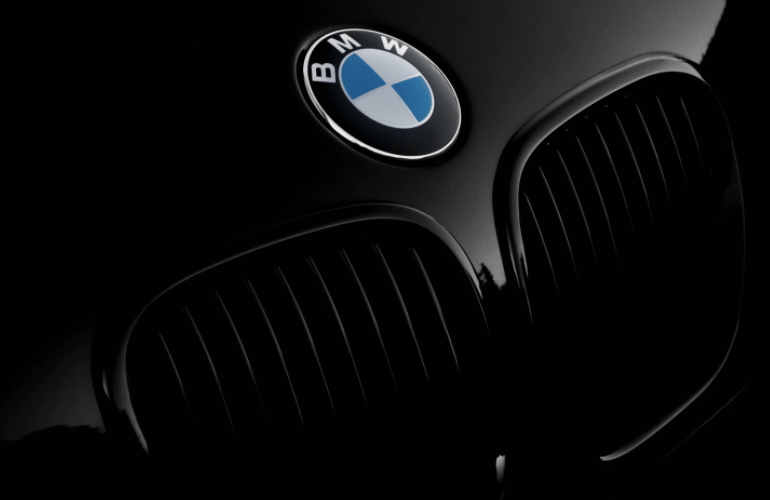
From its inception, BMW has been at the forefront of automotive innovation and has become a car brand synonymous with quality and luxury. From its roots as a struggling airplane engine company to its current status, BMW has evolved into a company that best represents German quality, design, and engineering.
BMW originated in 1917 and was the product of three different manufacturing companies merging. Rapp Motorenwerke and Bayerische Flugzeugwerke joined in 1917, later taking on Fahrzeugfabrik Eisenach in 1928. Rapp Motorenwerke was initially an aircraft engine company that had its first significant success during World War I. Bayerische Flugzeugwerke was an armaments company that suffered during that same war, which led to the merger with Rapp Motorenwerke. Fahrzeugfabrik Eisenach was founded as a stock company that built bicycles, but moved into the motor car business, becoming the third automobile manufacturer in Germany. The acquisition of Fahrzeugfabrik Eisenach is what finally pushed BMW to move on from creating airplane engines. Instead, it began manufacturing civilian automotive vehicles.
Initially, the move was not from airplane engines straight to automotive vehicles. Before BMW even thought of the fabrication of automobiles, they released their first motorcycle design called the R32. The design was so efficient and successful that the concept plan is still used today in designing modern BMW motorcycles.
Through World War II, BMW’s history took a darker turn. No longer able to keep up with production demands from the Nazi German military, BMW started to employ foreign workers to pick up the slack left by the drafter German workers. Taking advantage of the influx of prisoners of war from Eastern Europe and forced laborers in Western Europe, BMW factories took advantage of what was essentially slave labor. Foreign workers, POW’s, and forced laborers alike were made to build the German military airplanes, automobiles, and motorcycles while suffering inhumane conditions. This dark time in BMW’s past was publicly recognized, and the company continues to express sincere regret over what occurred in their factories during this time.
After WWII, the Allied forces took control of the BMW plants to dismantle them as punishment for providing armaments to the German military. To keep from going under until they were allowed to begin building motorcycles and cars again, for a short time, BMW started to produce pots, pans, and kitchen utensils. As a part of their post-war reparations, many of the machines in the BMW plants were taken apart and shipped overseas.
Mere years after the end of WWII, in 1951, BMW was again allowed to begin production of their automobiles. Though their new designs did not succeed in the luxury market, those early forays back into the automobile market helped stabilize the company. Through the 1960s and 1970s, BMW again began to flourish. Expanding its company and continuing to innovate, BMW solidified its financial independence by opening up a credit and leasing arm of their company, establishing it as a cornerstone of the automotive leasing market.
Since then, the BMW brand has only continued to grow. It has become renowned for the extensive amounts of research that goes into each new automotive design it features, as well as the numerous branches of its successful organization. It even has a facility dedicated entirely to research and development, where teams of scientists, engineers, designers, and managerial and technical staff continue to put out the newest in innovative luxury vehicle designs.
No matter the make or model, if you think it’s time for a comprehensive auto inspection or some much-needed auto repair and appointment online with Auto Excel in Lexington today! You can find us at 271 Gold Rush Rd Suite 1, Lexington, KY 40503. See you soon!

